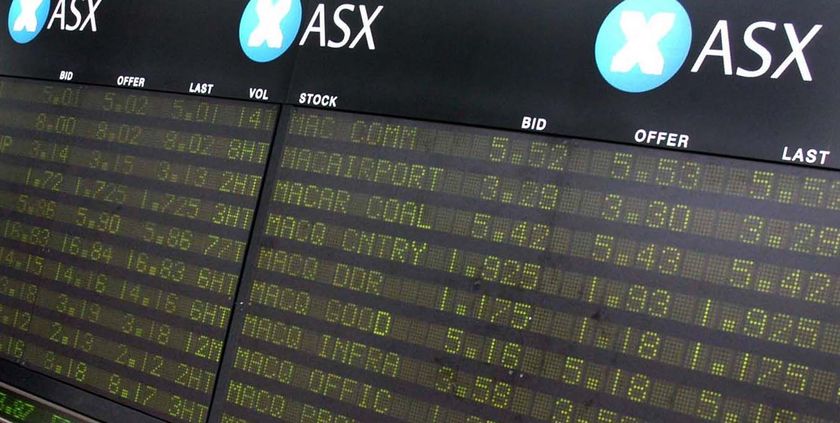The Australian Stock Exchange (ASX) recently engaged in an ambitious new plan to completely rebuild and revamp itself with blockchain technology, but sadly, those plans have come to a sudden end.
The ASX “Breaks Up” with Blockchain
A review of the agenda has suggested that for the ASX to be successful in its attempts, it would need to completely rework itself over a seven-year period. Executives behind the exchange say the plan is not feasible, and would thus not only require too much time, but also too much money and other resources to get things done appropriately.
The problem remains, however, that the ASX is still running on software that is approximately 30 years old. Since 1993, the technicals of the exchange haven’t been altered or adapted, but those behind the platform say blockchain is now completely and totally out of the question.
In a recent interview, Tim Whiteley – the exchange project director – was asked if the platform would choose to walk a more “conventional route.” He responded with:
While we continue to explore all the options, certainly we will need to use a more conventional technology than in the original solution in order to achieve the business outcomes.
The announcement has brought about the end of what would likely have been one of the most prominent use cases of blockchain technology ever recorded in the annals of history. For many years, it’s been argued that blockchain technology could only become more mainstream and legitimate granted companies and platforms outside the crypto arena chose to utilize it.
Right now, while the technology has indeed come a long way and has built up a solid reputation for itself, it’s also very saturated, and while there have been instances in the past of blockchain being used in industries such as healthcare or in supply-chain manufacturing, these instances are rare and far from being the norm.
Blockchain is rather revolutionary because it’s widely believed it can prevent all fraud from occurring. Everything recorded to the blockchain is recorded in real-time. This ensures that all transactions are clear and unaltered from third parties. They involve the transactors only, and thus there’s no worries about what will go on behind closed doors.
However, it’s not likely blockchain will reach the breadth of its potential unless outside firms see it for what it is: something that can aid all kinds of companies, not just those in the financial circle. With everything recorded to a distributed ledger, all the information becomes verifiable and provable, thus ensuring illicit activity is kept to a minimum.
Getting the Right Commentary
Whiteley said that the ASX has sent out requests for feedback to potential software vendors to see what alternatives exist to blockchain. Several have already gotten back to him, and he commented:
Feedback has been taken into the implementation planning.



